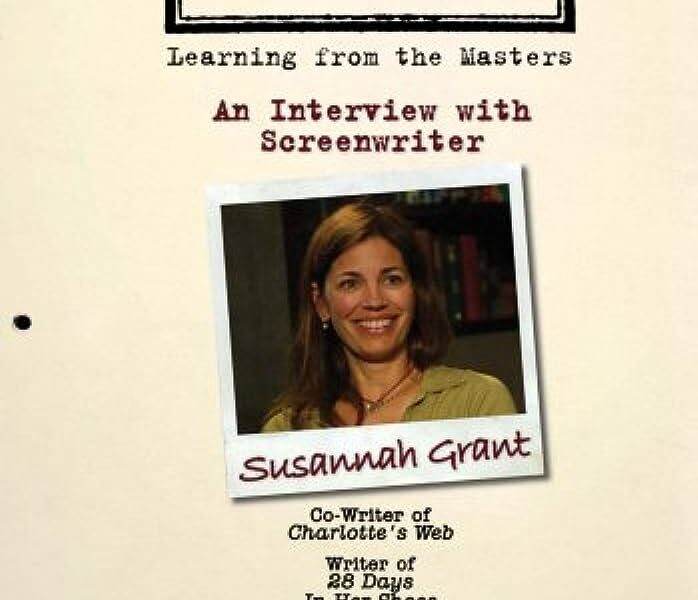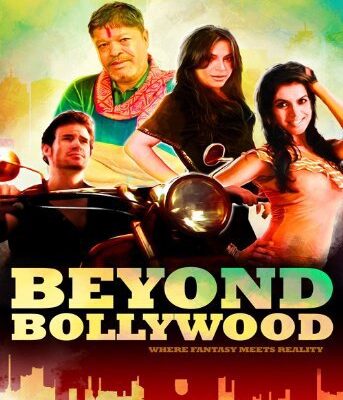The Dialogue Series: Screenwriter Susannah Grant
Susannah Grant has always been passionate about movies, and knew she wanted to become a filmmaker after seeing NETWORK at the tender age of thirteen. Though she took some detours (trying out journalism and acting for a few years), she finally decided that screenwriting was the right career path for her and studied at the AFI. There she wrote two screenplays, one of which won the Nicholl Fellowships, got her an agent and launched her career as a writer on Party of Five. After a while, she felt some of her writing skills atrophy, so she made the leap to feature writing by way of being one of the many writers on Disney’s POCAHONTAS.
While Grant is an articulate and intelligent subject, there are less “general” tips this time around. This makes the DVD a good purchase for fans of Grant’s work, but it’s not the most compelling or essential volume in the series.
Grant’s description of the animation writing process is quite an eye-opener. Scripts keep changing, parts of the animation are locked and have to stay the same, while other parts are rewritten endlessly, and there’s a host of people who have to be pleased. It’s not an experience she’s keen on repeating.
Quite a bit of the interview focuses on ERIN BROCKOVICH, though not as much as you might expect. Naturally the question of how to adapt a real court case is discussed, and there are several war stories on how the real Erin helped Grant with her research, cleverly finding a loophole in the NDA agreement the plaintiffs had to sign as part of the settlement.
The Object Exercise is quite interesting here—it doesn’t work. Grant shuts down immediately, and explains that her process of creation is a very personal, intimate thing which she cannot share with anyone.
This is part of the problem of this DVD. While Grant is an articulate and intelligent subject, there are less “general” tips this time around. This makes the DVD a good purchase for fans of Grant’s work, but it’s not the most compelling or essential volume in the series.











